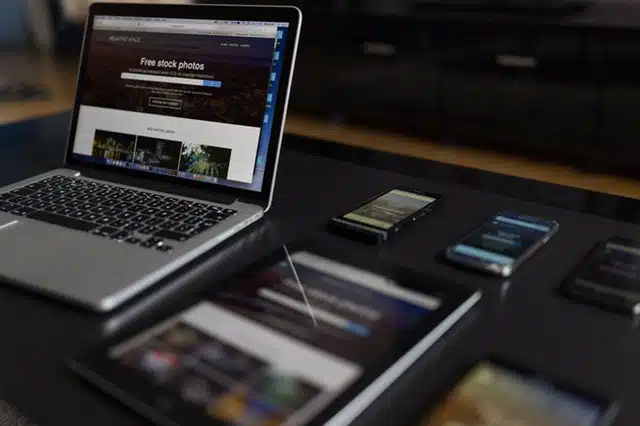Understanding Responsive Web Design: A Comprehensive Guide
You’ve likely heard the term Responsive Web Design—but what exactly does it mean, and why is it critical for modern websites? Let’s break down its core principles, benefits, and technical foundations.
What Is Responsive Web Design?
Responsive Web Design (RWD) is a methodology that enables websites to dynamically adapt to the user’s device, whether it’s a desktop, smartphone, tablet, or other screen sizes. Instead of creating separate versions for different devices, developers craft a single codebase that adjusts seamlessly across platforms. This approach reduces development effort, streamlines maintenance, and ensures a consistent user experience.
The Rise of Mobile Usage
The shift toward mobile browsing is undeniable. Consider these statistics:
- In 2018, there were approximately 2.9 billion smartphone users worldwide.
- By 2019, that number surged to 3.3 billion, reflecting rapid adoption.
Small businesses and enterprises alike are prioritizing mobile-friendly strategies through responsive websites, social media, and apps. Ignoring mobile optimization risks alienating a growing audience—one that expects instant access to information and services.
Why Traditional Websites Fall Short
A conventional desktop-optimized site often fails on mobile devices:
- Content appears cramped, forcing users to zoom or scroll horizontally.
- Large images slow loading times, frustrating visitors.
- Non-responsive layouts distort elements, harming usability.
Ethan Marcotte, who coined the term Responsive Web Design in 2010, emphasized designing for users’ needs first, regardless of device. RWD solves these issues by automatically adjusting content width, optimizing images, and eliminating cumbersome navigation.
Key Benefits of Responsive Design
- SEO Advantages
Google prioritizes mobile-friendly, responsive sites in rankings. A single URL structure simplifies crawling and indexing, avoiding the complexity of maintaining separate desktop/mobile versions. - Cost Efficiency
Building one responsive site reduces upfront design and long-term maintenance costs. Updates apply universally, saving time and resources. - Enhanced User Experience
Mobile visitors stay longer on fast-loading, intuitive sites. For e-commerce, this translates to higher conversion rates and sales. - Improved Site Speed
Responsive design optimizes performance—a critical factor for both user retention and SEO. Kissmetrics reports that 40% of users abandon sites taking longer than 3 seconds to load.
How Responsive Design Works
RWD relies on three core components:
1. Fluid Grids
Elements are sized proportionally (e.g., percentages) rather than fixed pixels. For example:
- Column 1: 60% of the page width.
- Column 2: 40% of the page width.
This flexibility ensures layouts adapt smoothly to any screen.
2. Flexible Images
Images scale within their containers. Vector graphics (SVG) are ideal for responsiveness, as they retain quality across resolutions.
3. Media Queries
CSS media queries apply device-specific rules to the same HTML content. For instance, a smartphone might display a single-column layout, while a desktop shows multiple columns.
Mobile-First Approach
Designing for mobile-first means prioritizing smaller screens before scaling up to desktops. Benefits include:
- Streamlined content hierarchy, focusing on essentials.
- Lightweight code for faster mobile performance.
- Progressive enhancement for larger screens.
Responsive Typography
Readability is paramount. Key considerations:
- Font Family: Aligns with the site’s tone.
- Font Size: Increases for larger screens to match viewing distance.
- Text Width & Line Height: Optimized to prevent eye strain.
Performance Considerations
While JavaScript enhances interactivity, excessive use can slow mobile sites. Prioritize HTML/CSS for core functionality, reserving JavaScript for non-critical features.
Beyond Screen Size: The Mobile Context
Mobile users demand speed and accessibility, even with unstable internet connections. Responsive design must address:
- Quick loading times.
- Simplified navigation for on-the-go users.
- Content prioritization (e.g., contact info, CTAs).
Final Thoughts
Responsive Web Design isn’t just a trend—it’s a necessity in our mobile-centric world. By unifying design, performance, and usability, businesses can engage users effectively across all devices.

